The day began
… with a delicious Japanese breakfast buffet to fortify us for our busy day.
We then handed in our “Eco plan” sheet to reception. This meant no change of towels or sheets, but gave us in return, two coffee vouchers at the hotel’s cafe. The Japanese, we are learning, are very literal. Coffee meant coffee, so when I ordered an iced tea (priced the same as Len’s coffee), the voucher wasn’t accepted. It was only for coffee. Continuing this “literal” theme, we’ve noticed that check-in time is check-in time. In Australia, and elsewhere, we find that accommodation places will often let you in earlier if the room is ready. Not here it seems. It’s no biggie of course – you can leave your bags at reception, as we do elsewhere if rooms are not ready – but it’s become clear that there is no flexibility here. There’s always politeness, but the rules are the rules it seems.
Anyhow off we set, with a full day planned, starting with mailing some stuff back home to lighten our load. En route, we soon became aware that there were shimenawa (or the like) everywhere – those ropes with white zigzag pieces of paper hanging from them. Something was clearly up. Eventually we discovered that it was Frog Festival day at Yohashira Shrine.
Meanwhile, all went smoothly at the post office. Our server had enough English for it to be pretty painless, and, as I now recollect has happened on previous visits, she gave us a free packet of tissues with our change! Just one of those mysteries of life here!
Matsumoto City Museum of Art
This Museum aims to showcase artists associated with the city. It was founded in 2002, and its main attraction is the work of Matsumoto-born avant-garde artist Kusama Yayoi, or, as known in the West, Yayoi Kusama. Some of you may have seen that recent wonderful documentary about her, Infinity? She was born in 1929, like my mum, and she went to the USA in 1957, mostly New York, where she struggled to be taken seriously by (or as well as) the big men of the period, Andy Warhol, Claes Oldenburg and Jackson Pollock. We first came across her in 2011 via her Pumpkin, on Naoshima Island. We have since seen her Flower obsession installation in NGV’s Triennial in 2018, and, more recently, her The spirits of the pumpkins descended into the heavens installation at our own NGA. I was keen to see what her hometown was making of her.
But, here’s the thing … sometimes, no matter how carefully you try to be culturally sensitive, you make a mistake, and so it happened that I did at this museum. It appears that not only could you not use mobile phones – and fair enough too I say – but you also couldn’t use the Notes app on your mobile device to make notes, which is my practice these days. It saves carrying notebooks, and it means I can start formulating some blog notes on the run, then later copy them into the blog and massage them into shape without having to retype. But, no, not allowed. However, having told me so, the attendant appeared minutes later with a piece of paper and pencil! And then, when we were partway through the Kusama exhibition, another attendant appeared out of the blue, giving me more little sheets of paper and a list of Kusama’s art works in the exhibition, proving once again the Japanese desire to help and not offend.
Nihonga exhibition
Now to the actual exhibitions. Unfortunately, I didn’t capture the name of the temporary exhibition that we saw at the gallery, but its subject was “nihonga”. This is an art movement that developed in response to the transformation of Japanese society during the Meiji Period, that period after 1868 when Japan started opening up to the West and thus started to be influenced by the West’s culture. The Nihonga artists wanted to preserve their culture, their classical Japanese painting and techniques, though they also modernised it to accommodate new ideas, subjects and techniques. I was, at first, sceptical about paying for this exhibition, as it doubled the cost of entry and we had a busy timetable for the day, but I’m glad we did.
The works were really varied. Some evoked abstract ideas like “Stillness” or Shiden Osaka’s “Profundity” (1908). They tended to be misty and atmospheric. Others were more narrative or descriptive, like Shunso Hishida’s “Cattle grazing” (1891) or Yoshori Jamijo’s picture of a chicken fight (1920). There were also recent works relating to this movement, such as Hakuju Doteuchi’s “Green note” (1997) or Chinami Nakajima’s “Sleep 90-8” (1990).
Yayoi Kusama’s “The place for my soul”
Kusama was the main reason we’d returned to Matsumoto, having visited here very briefly in 2011 when we only saw the Castle. The exhibition only had a small selection of her early works – 7 pieces from 1952-1995. I would have liked more – but it did, at least, give us a taste.
Some standout sections of this astonishing exhibition were
- “Great gigantic pumpkin” (2017) sculpture, and “A pumpkin” painting (1999)
- “Aching Chandelier” (2011): comprised one traditional chandelier suspended from the ceiling and surrounded by mirrors. The effect was mesmerising, evoking starry nights, and sparkling seas, for a start.
- “Ladder to heaven” (“2012) and “God’s Heart” (2000): a very scary, almost pitch black room requiring you to be led by an attendant to the edge of a hole through which this colour-changing neon-lit ladder, presumably using mirrors, appeared to continue upwards and downwards forever. “God’s Heart” was another lit installation which, if you stood fairly closely in front of it, you saw yourself reflected back, surrounded by a glowing red heart.
- “Lover forever” series of 50 130x162cm black and white screen prints (2004-2007). I couldn’t possibly describe them, but they were intriguing and provocative, but not confronting. Some, but don’t take this too literally, made me think of Dali (and surrealism) while others had a touch of Escher about them. (But this is just me. You would probably see something completely different.)
In the final space of the exhibition were some words from Kusama herself, including:
The struggle is endless
…
I want to pursue my struggle as an avant-garde artist
Until I expire.
(Yayoi Kusama)
Given she’s now 90 and still producing, she’ll probably achieve her goal …
Station business
Next stop was to reserve seats for next two legs of our trip. We dreaded this task a bit, but it was amazing. The ticket officer produced our tickets almost before we’d finished describing what we wanted. It had taken 10 minutes or more at Wakayama to do two legs. Wakayama is much less touristy, so he probably hadn’t done many JR rail pass bookings. Anyhow, it was great, that it was so painless.
We then managed to painlessly buy tickets for the little town of Oniwa from a no-English vending machine. We were on a roll …
Japan Ukiyo-e Museum
It was a 15-minute walk from Oniwa Station to the museum, and rather hot. The little map-sign across the road from the station indicated there was a family restaurant en route to the museum, so that was our first stop. It was indeed a family restaurant, being run by parents and daughter, the parents being in their 60s or so. It was a local restaurant, at which we sat Japanese-style. The menu was completely in Japanese script with no images or anything else to guide us. Fortunately, the daughter had enough English to say things like “udon” and “rice”, and we know enough Japanese food words, that we were able to order something suitable. I realised later, though, that I should have remembered the word “yasai” for vegetables, because that’s really what I’d have liked with my rice.
The Japan Ukiyo-e Museum exhibits ukiyo-e (the Japanese word for woodblock prints) from the huge collection of the Sakai family. Sakai Yoshiake was one of Matsumoto’s wealthiest merchants 300 years ago. He started collecting ukiyo-e and other pieces of art, and his descendants continued to enlarge the collection, so that it is now over 100,000 pieces. It’s apparently one of the world’s largest private art collections.
The building is very big – as it houses this immense collection – but the actual exhibition is pretty small, occupying one large-ish rectangular room. There are enough English descriptions to make sense of the exhibition. We enjoyed what we saw – including the video which had an English version, and the “stamp” activity which emulated how woodblocks work.
I particularly liked some of the Edo era pieces that conveyed a picture of life at the time. Apparently they had far more festivals then, than the Japanese do now, to keep themselves entertained. I also liked the description of clothing for the weather. When it was very cold they wore padded clothes. They then moved to lined clothes, and when it really got hot, went to unlined clothes. Logical.
As we were leaving the museum, planning to walk back to the station, I noticed a reference to the Town Sneaker Bus. It only runs hourly to this neck of the woods, but which was due in 15 minutes. Perfect. It cost, for the two of us, a mere Y40 more than the train, but saved us a hot walk.
Nakamachi and Nawate (Frog) Streets, and Yohashira Shine
Our final sightseeing of the day was the small old town part of Matsumoto. Nakamachi Street contains nicely preserved, old buildings, including some warehouse-type buildings (kura) with large white-painted walls. This is where the city’s merchants used to live during the Edo Period. Many of the buildings are now used as shops, restaurants and ryokan.
Running parallel to Nakamachi across the canal is Nawate or “Frog” Street, which is a pedestrian-only lane of shops and cafes also housed in small, traditional-style buildings. The street got its nickname in the Meiji Period after the construction of Yohashira Shrine for which it serves as the main approach. It was particularly jumping today with street stalls, in addition to its regular shops (which seemed a little more homely than those on Nakamachi). The cause, we soon realised, was the shrine’s festival.
Now, I’m not sure what I thought a shrine festival might be, but it wasn’t this sideshow sort of event that we discovered. There weren’t rides, but there were brightly coloured stalls selling fair-type snack foods, and other stalls offering fair-type games. Another interesting insight into shrine culture! There was even a stage set up for what looked like a popular music concert.
Dinner tonight
Once again, our dinner aim was for izakaya-style because we feel they make it easier to control how much we eat. Last night’s was good, but it was recommended by the hotel because it “did” English speakers. And it did, to the degree that we felt we were given a subset of its full menu. So tonight, we decided to go it alone, which, we knew, can be a challenge. Here is how it went down. We poked our nose:
- in the first likely looking door to find it full of men smoking. No, thanks.
- in a door that had a welcoming lighted red lantern hanging by it, only to be met by a loud “no” and crossed hands (the standard Japanese gesture for “no”, “can’t do” etc), even though there were people sitting at the counter. We know when we are not wanted.
- in another door, also lit with lanterns, and were welcomed with a smile and a cheery “hai, douzo”, as in, “yes, come in and sit there”. Phew!
They then produced an English menu that was several pages long and that we felt was their full menu, with careful attempts to explain each dish in detail. What a lovely meal and evening we had. I decided not to have wine (that was on the menu) but sake, and I took their recommendation. My glass was poured to overflowing and was the tastiest cold sake I’ve had to date here. (From Suwa, in the prefecture, I believe). For food, we had edamame (served free with our drinks), sashimi selection (me), seafood okonomiyake (Len), and three yakitori sticks (shared).
During our meal, they asked our plans – not mentioning the World Cup once! There was a lot of mirth, from staff and some other customers, when we named Takasaki as our next stop – until the penny dropped and they said Tomioka! Tomioka is, admittedly, out of Takasaki, but it is the reason we are going to Takasaki. With this confirmed, out came paper maps (from the older man of our generation, and owner?) and mobile phone maps (from the the server, and son?) to help us. Such a friendly place. We had a most enjoyable evening … and still got home in time to write the blog!
And some Stills…
And some Movies…
Click here to view today’s video clips
Today’s Challenges …
- Negotiating train ticket machines and menus that had no English whatsoever
- Finding a place for dinner
- Obeying unwritten cultural rules

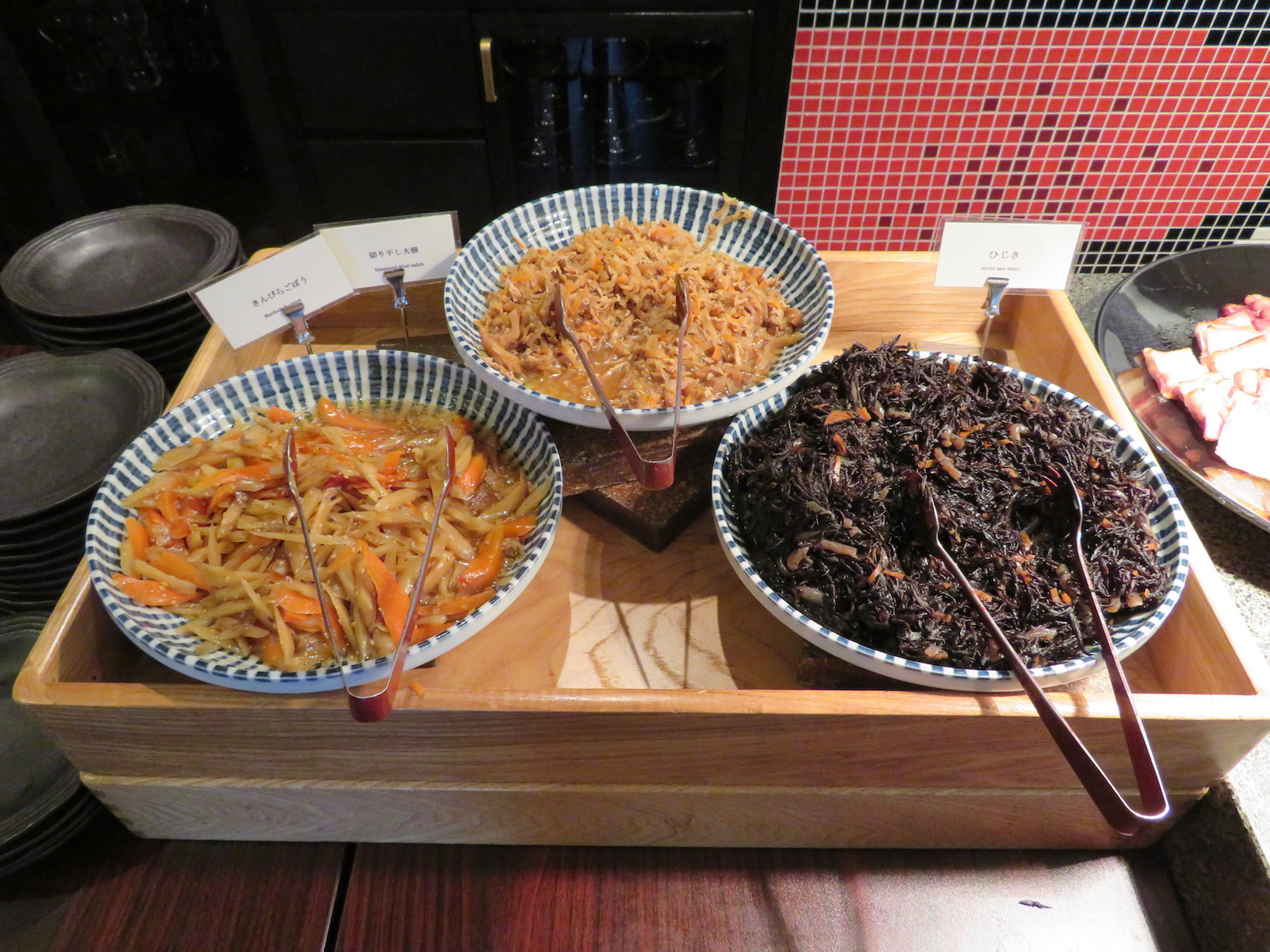
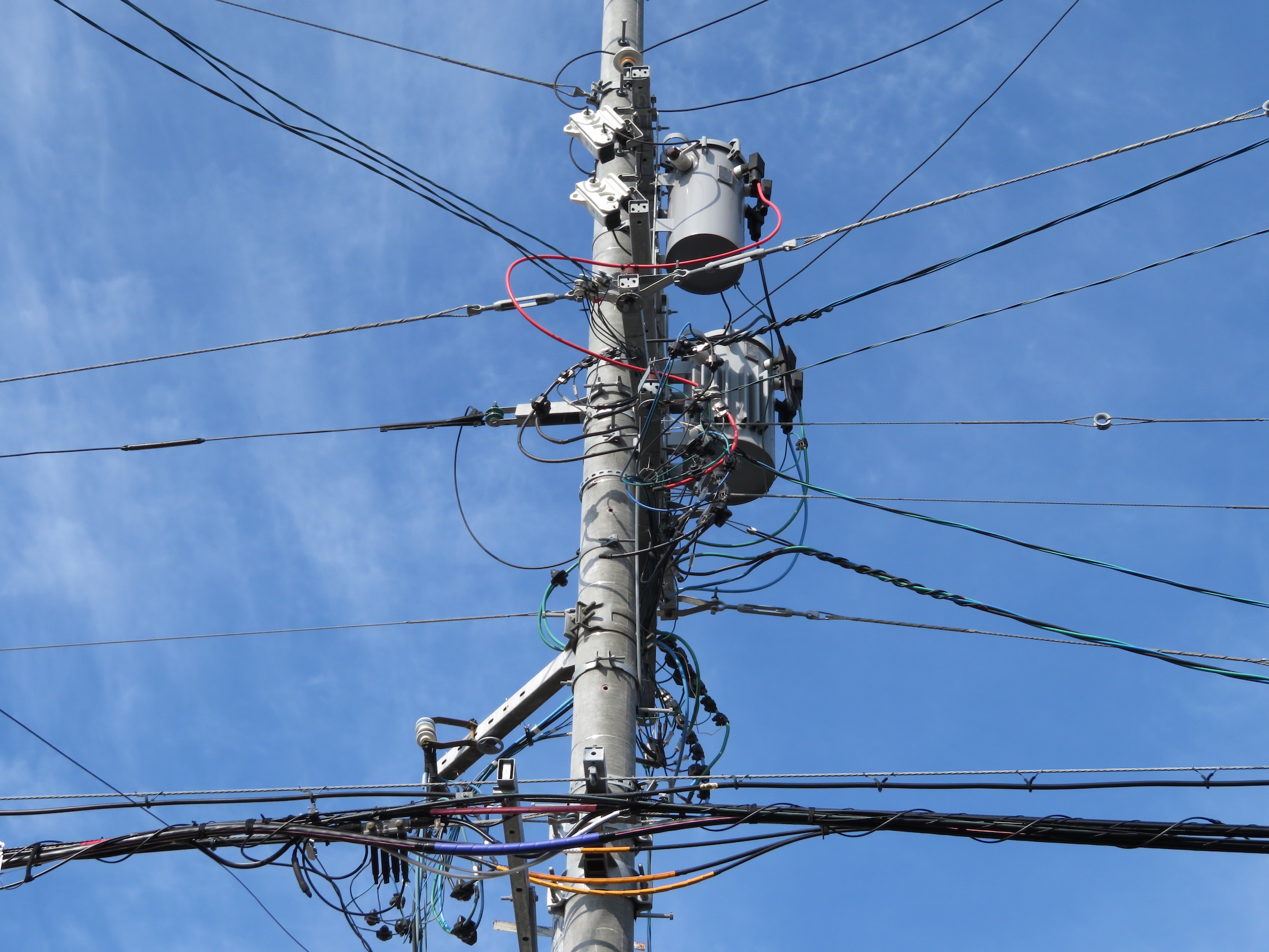



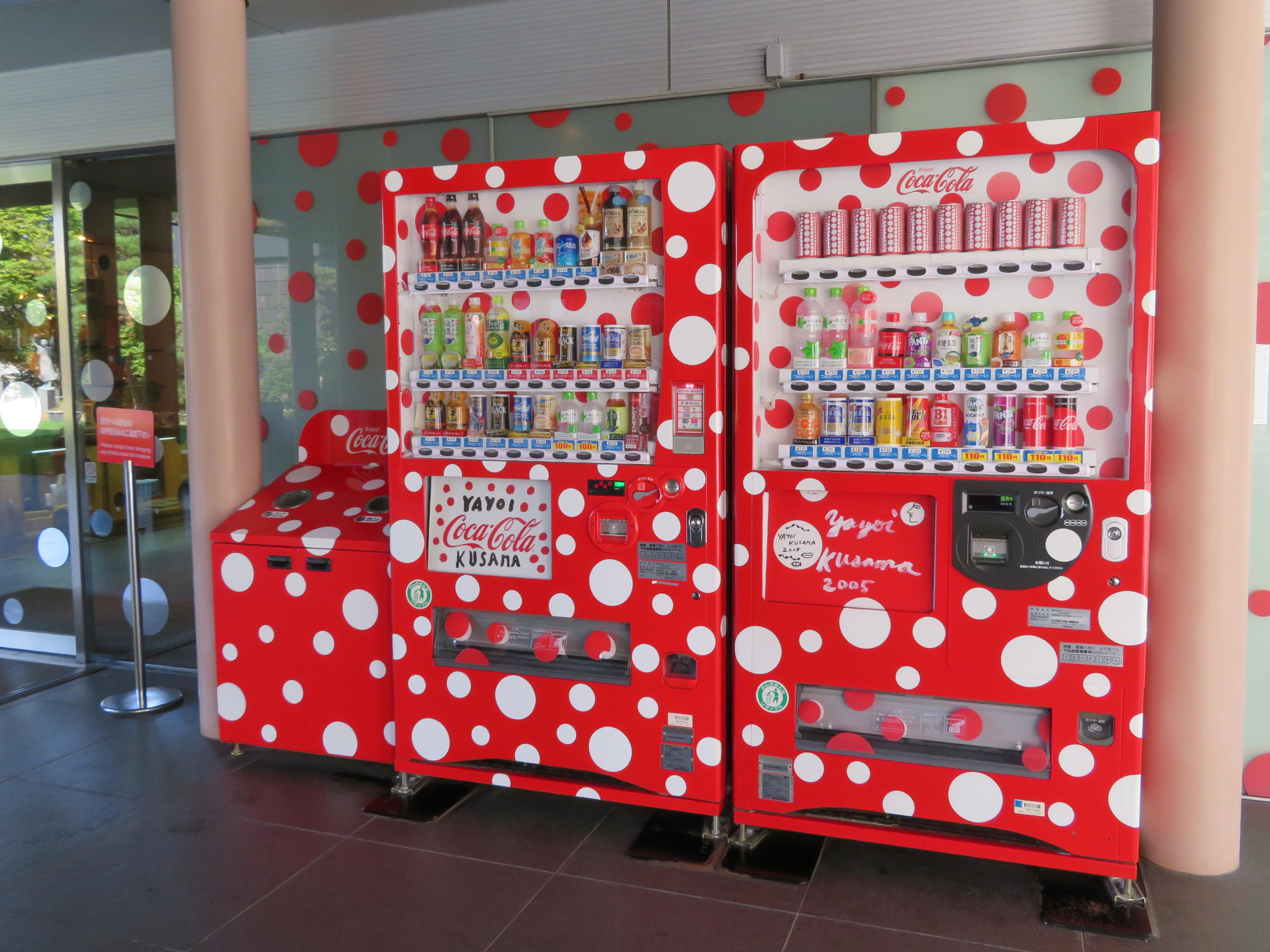

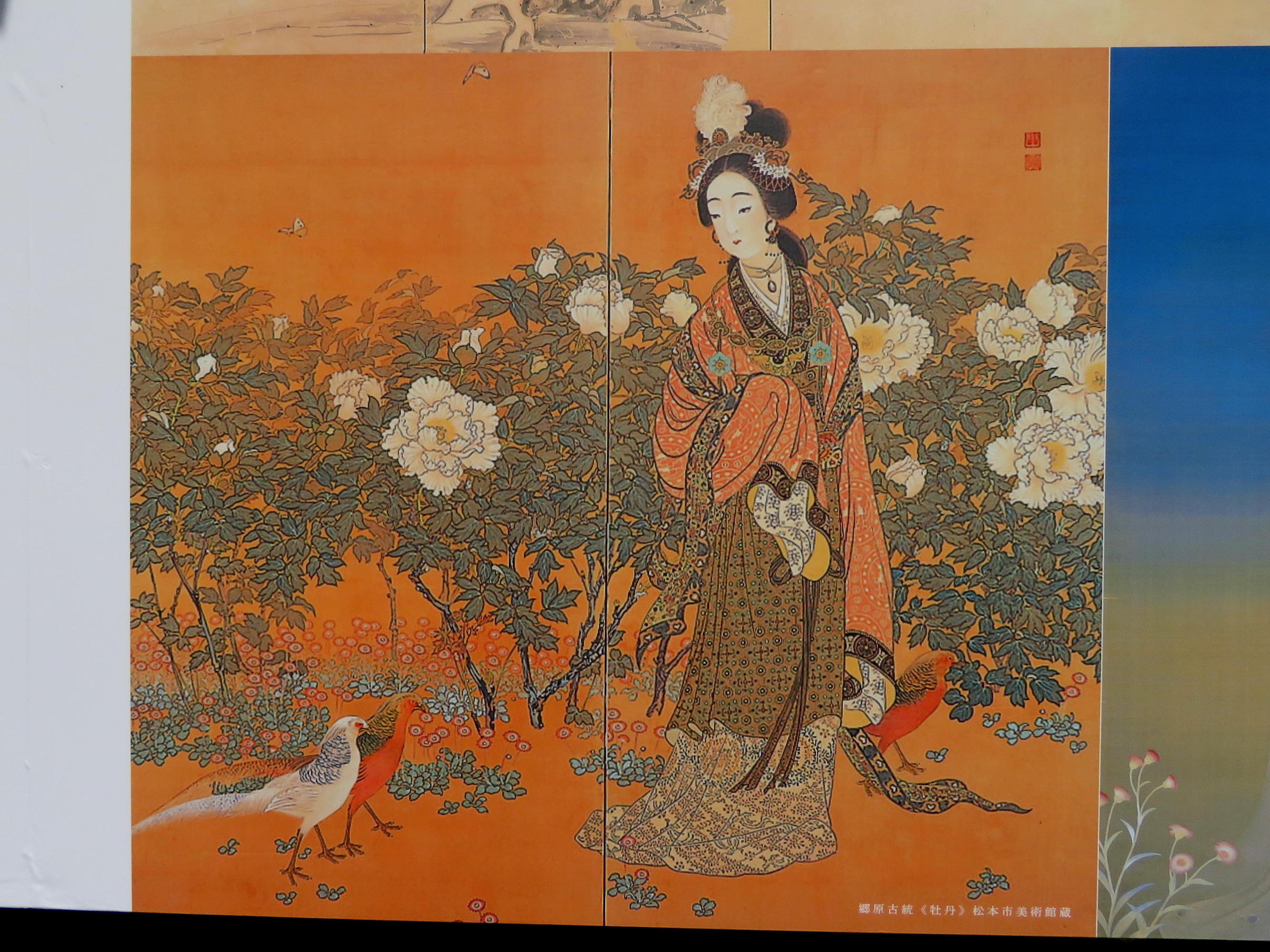
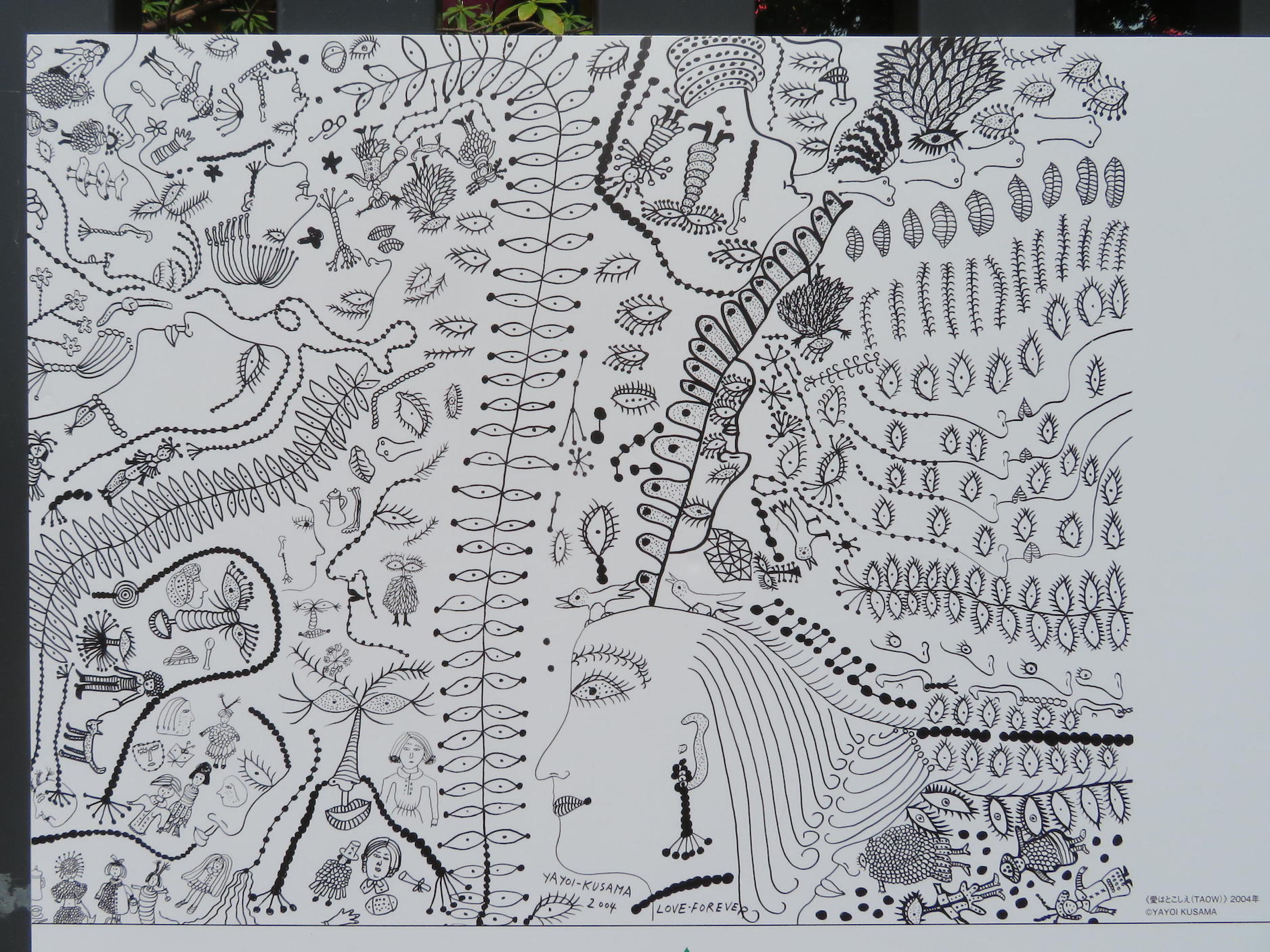

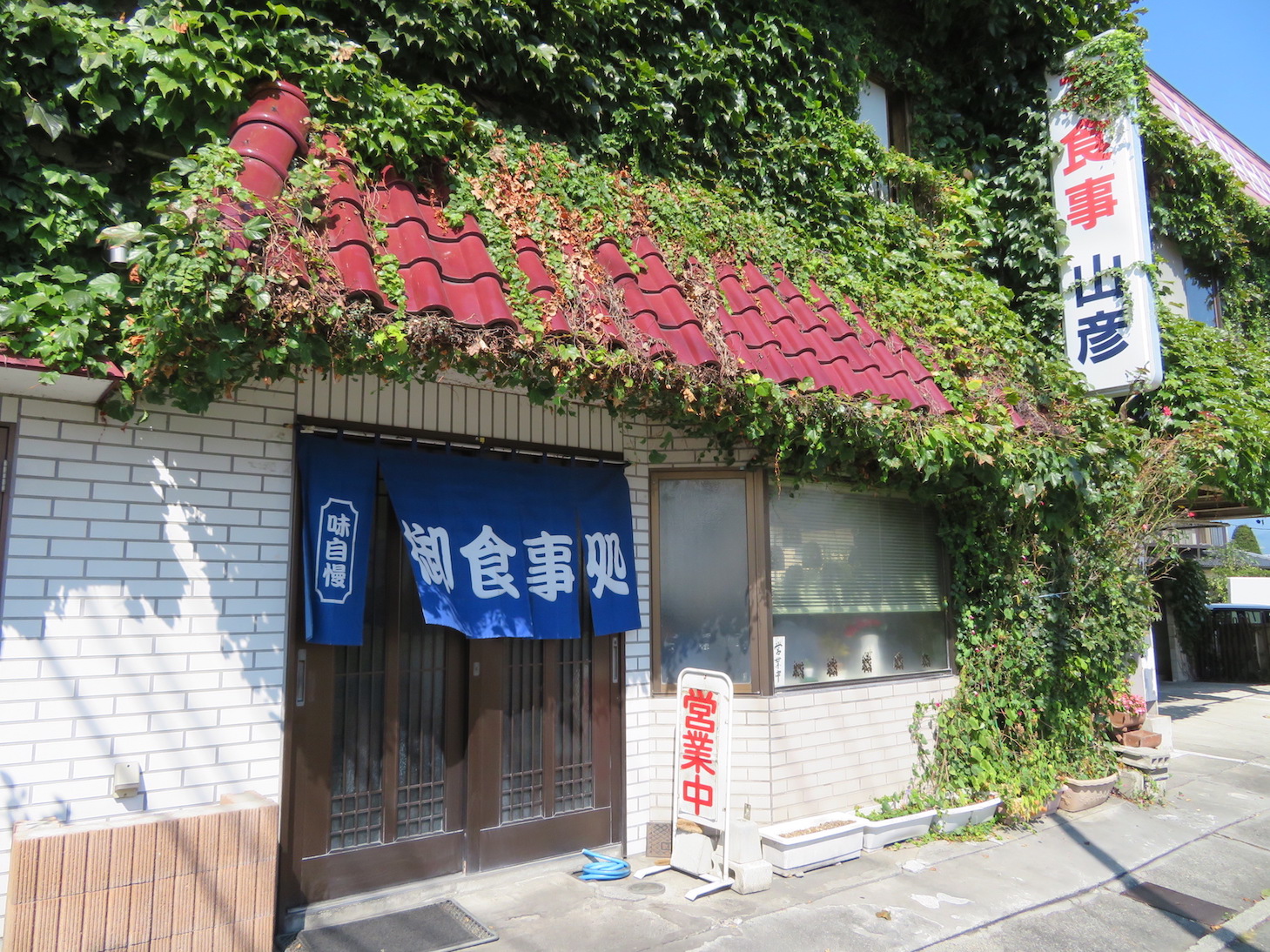

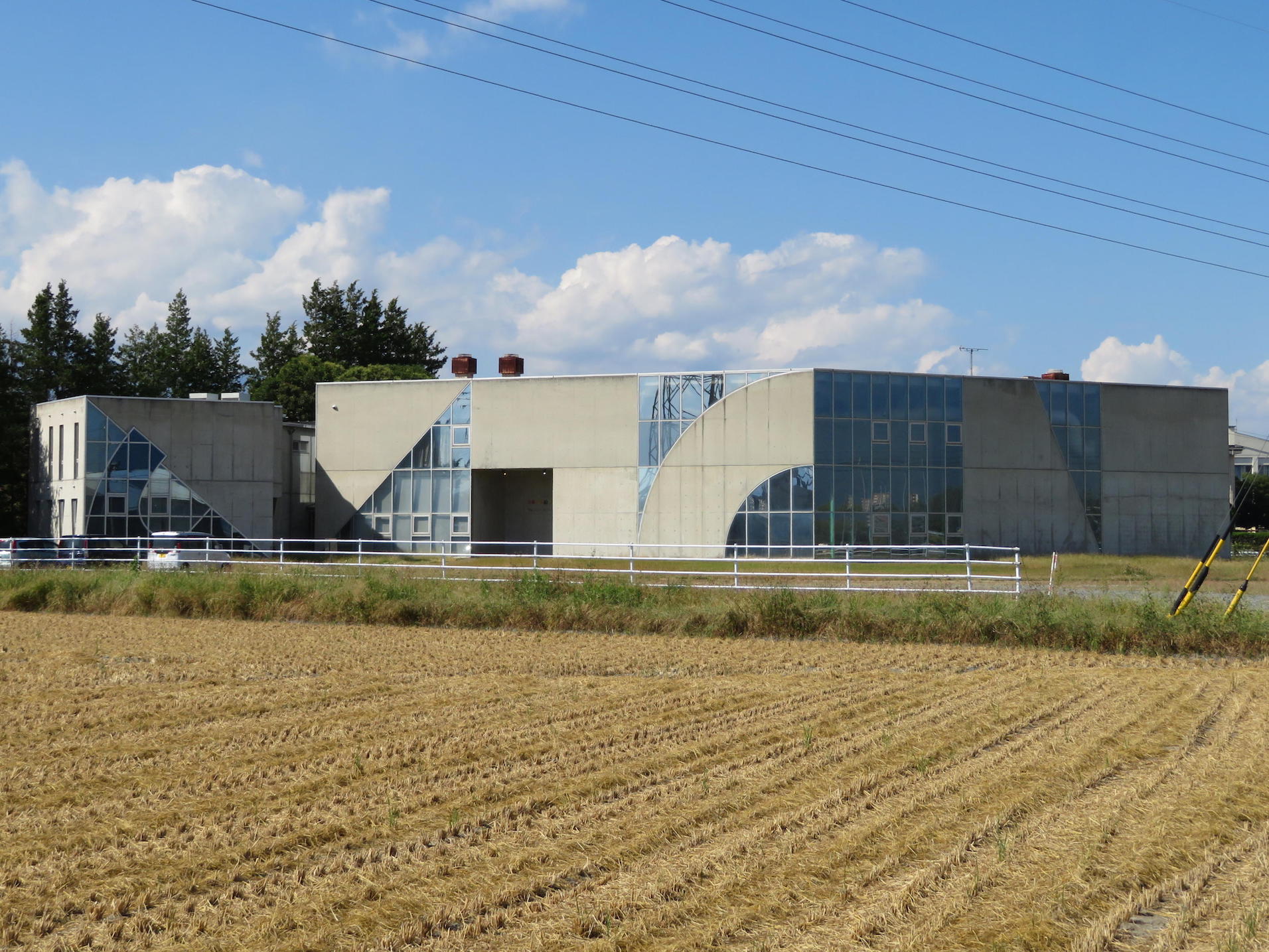

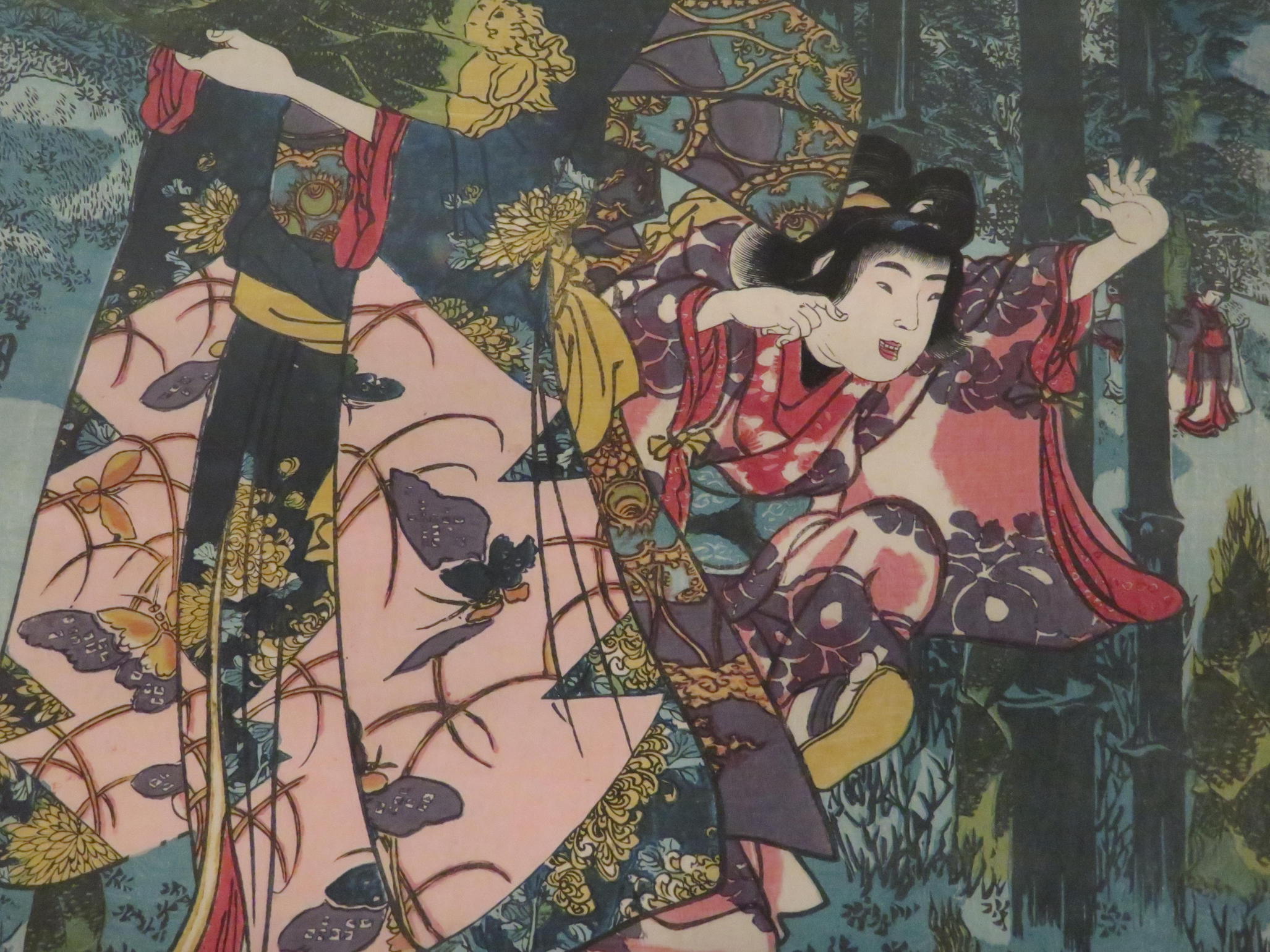
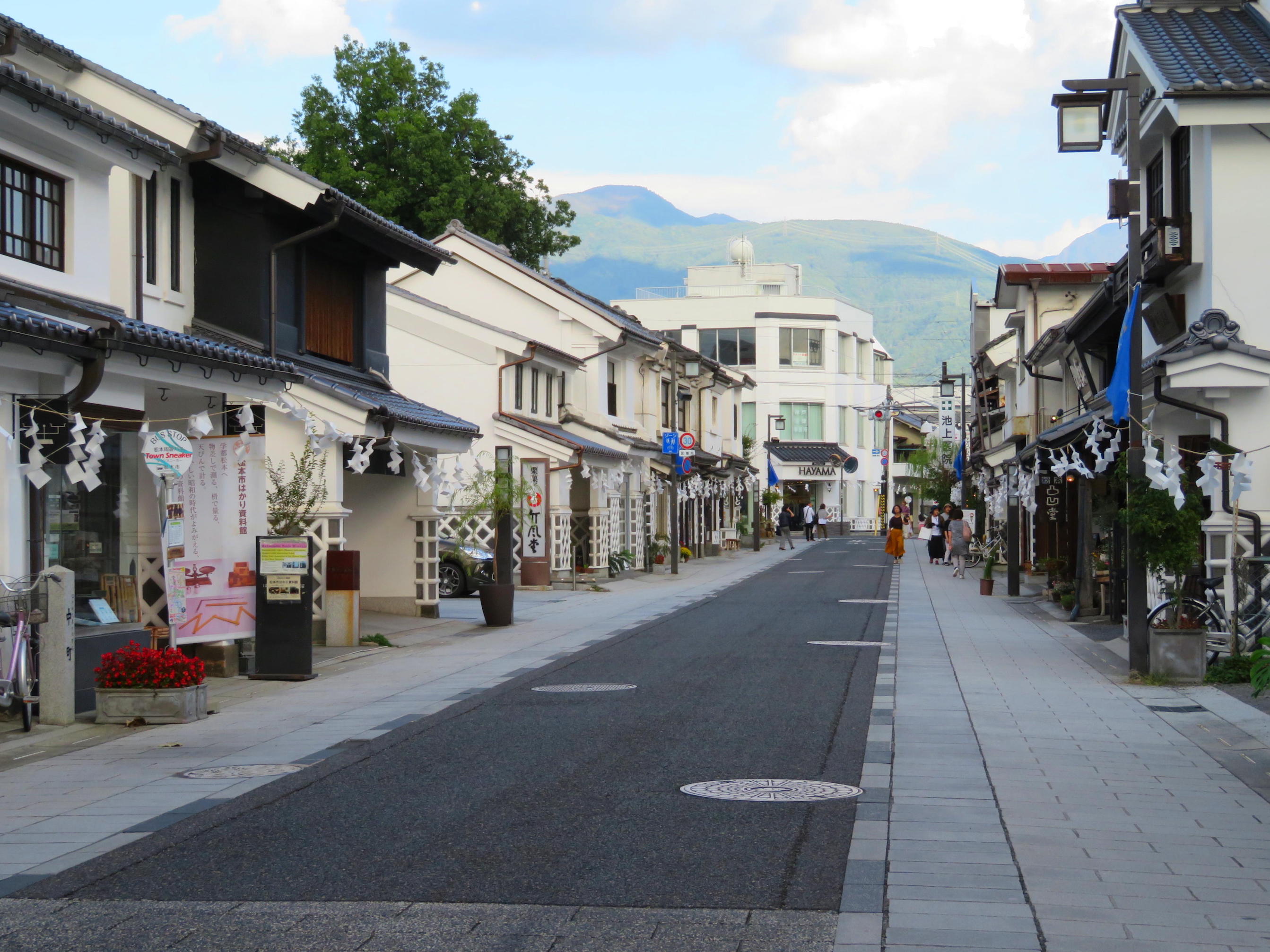

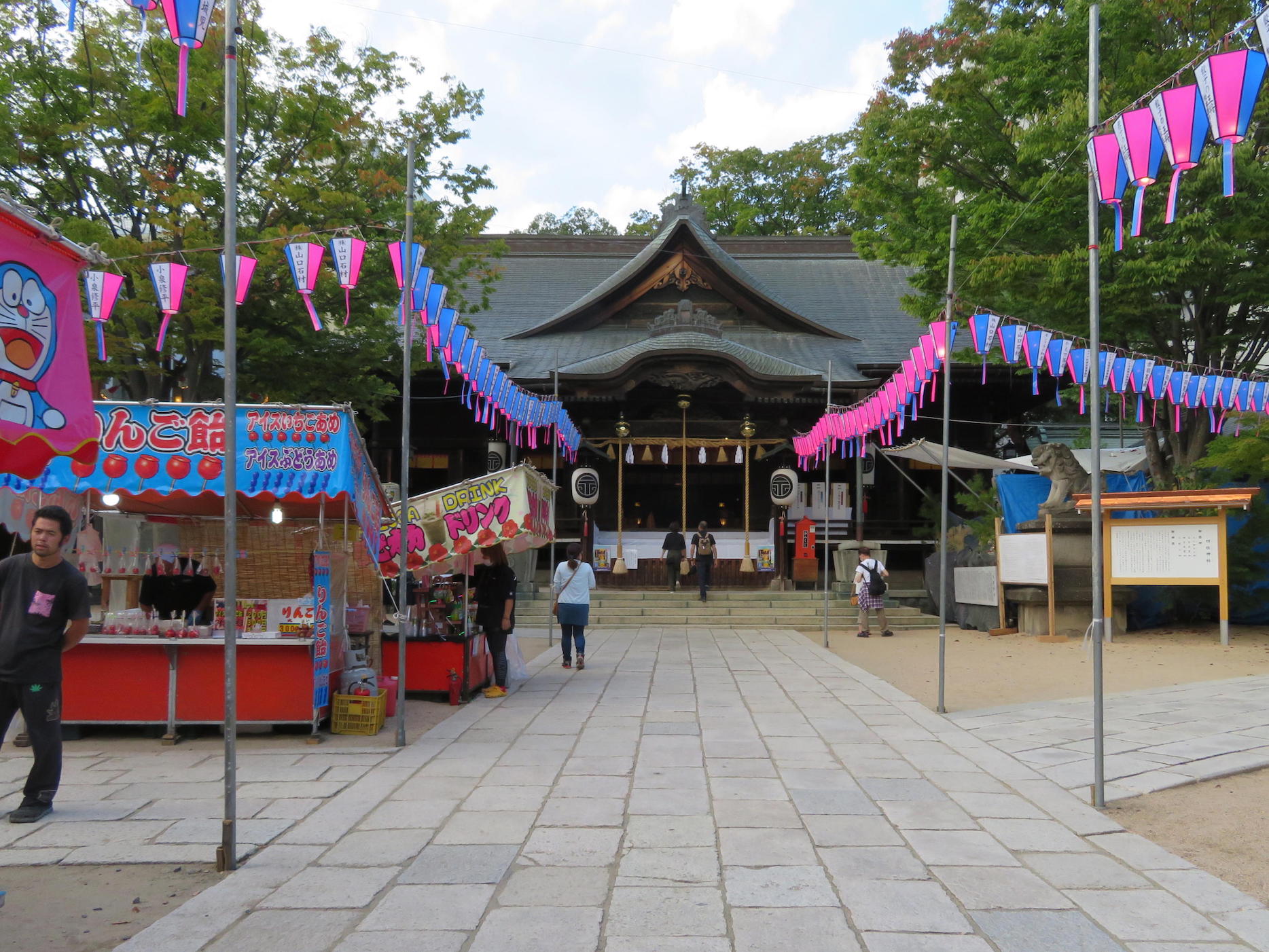

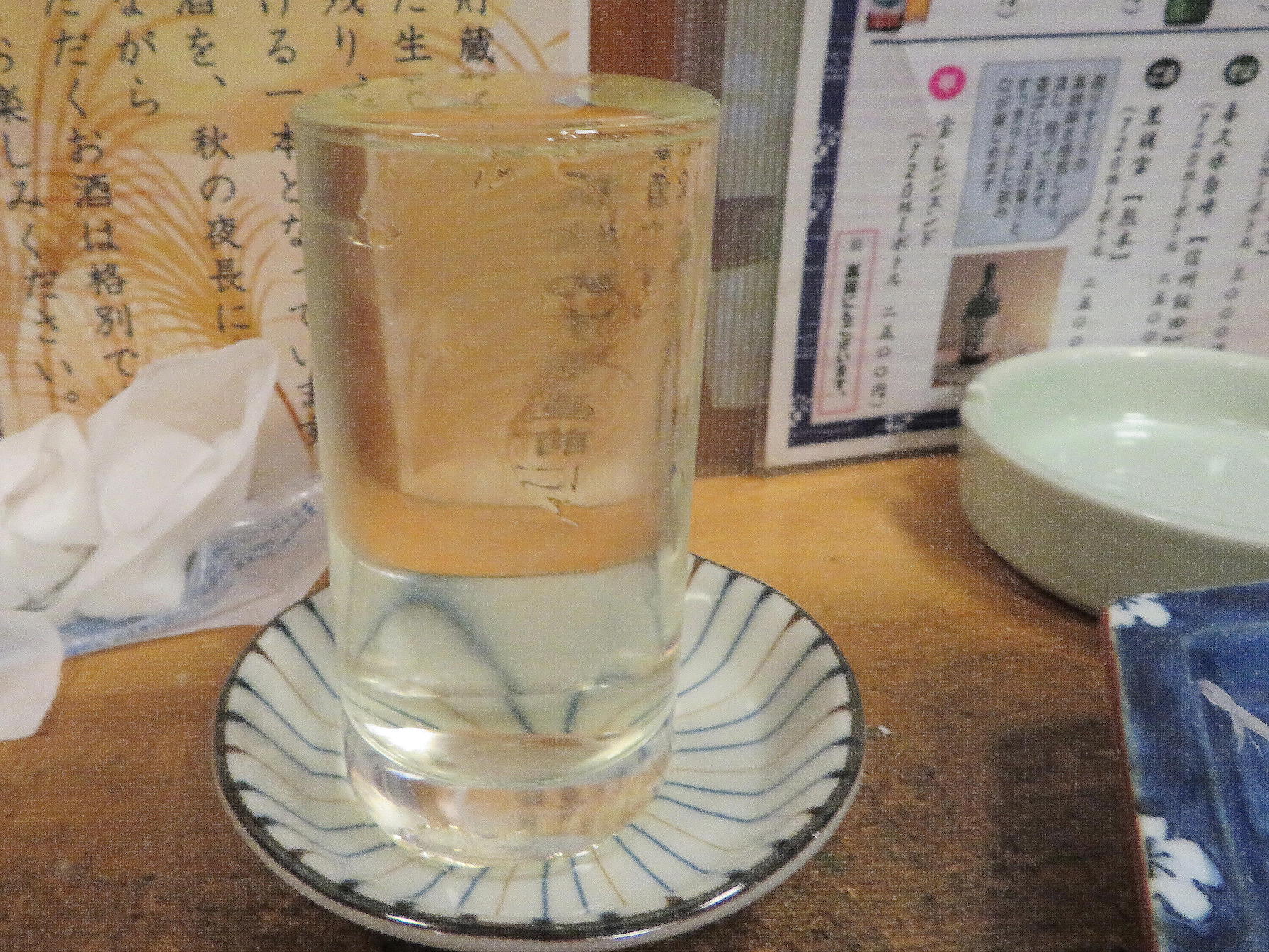
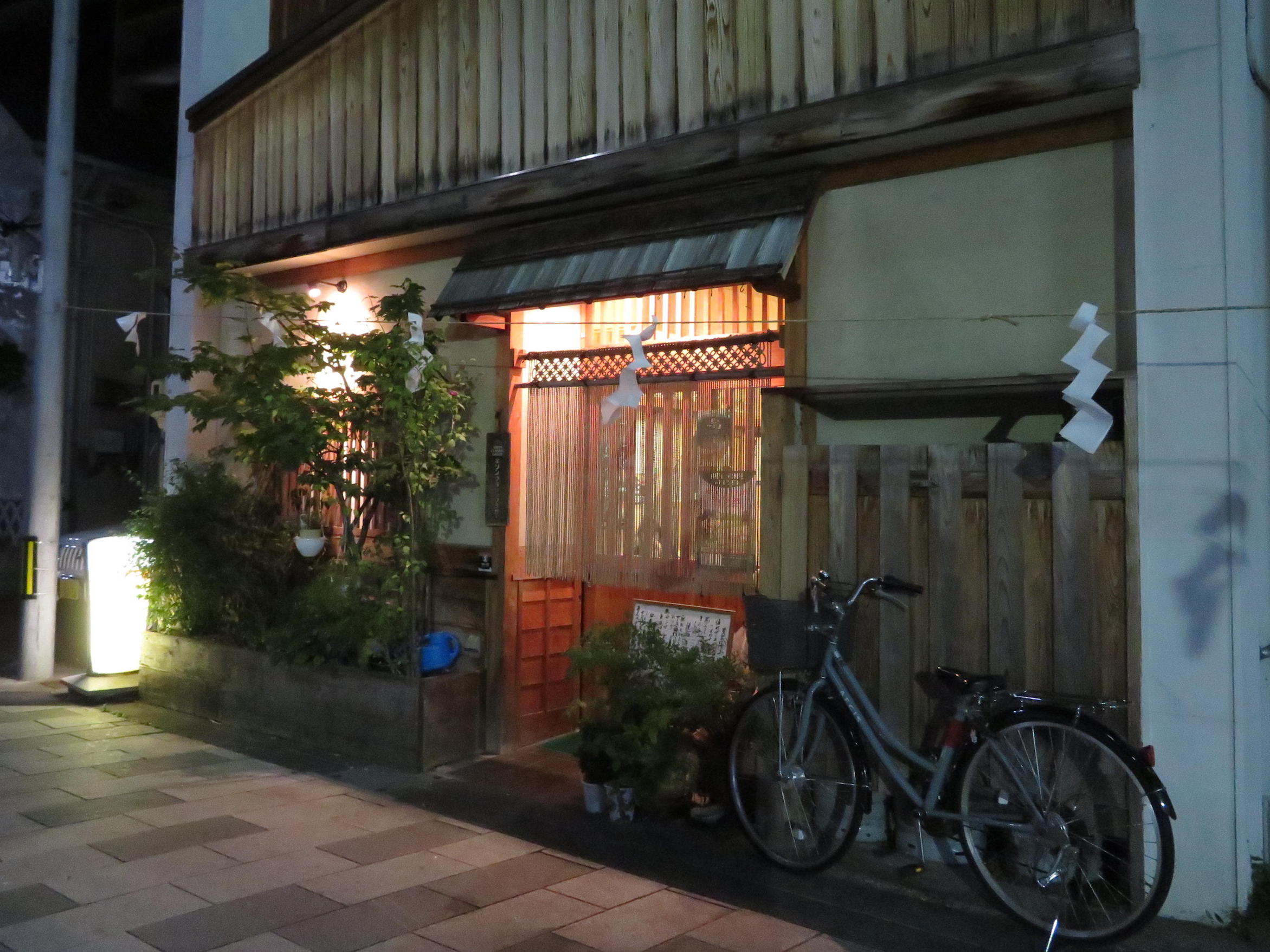
Sue and Len – I was so excited about Yayoi Kusama! There is an exhibit here in Northwest Arkansas in Bentonville, AR at Crystal Bridges Museum. Please check it out if you have the inclination and opportunity.
I have not been to the exhibit yet but hope to go soon. The website has a wonderful picture of the exhibit they are celebrating.
It lists a lot of information about how her work is viewed and shows a wonderful picture of her doing signings with her glorious pumpkin orange hair!!!
She’s an amazing woman, isn’t she Trudy. It’s great that she’s finally getting some real recognition in her life-time, unlike some artists.
Snatched time to read and look, but have little time to write (lucky yous): my new small friend is taking it ALL !
I do wish artists weren’t so dismal. Why IS this ?
Loved the footage of The Contrast !
You have a new small friend? Excellent M-R. In’s so glad. I’ve received email notifications about your posts, but may not get to read them until we get back. I will read them though.
Perhaps it’s not dismal so much as intense? I don’t think you could call Kusuma’s polka dots and pumpkins as dismal, though?
That is hilarious about the rules for phones and iPads in the museum. Maybe the Japanese we see in museum and galleries all over the world are breaking loose from these rules because they certainly make use of their phones and iPads when they’re away from home.
I must admit that I like being able to take a photo (flash-free, with my camera. I don’t take a phone when I travel.) I don’t take photos of well-known artworks because you can usually buy postcards of these, taken by much better photographers than I am. But I’m often interested in stuff that’s less iconic, that appeals to me for some odd reason, and I like to have a memory of those to put into my scrapbook when I get home. We were looking, just last night, at my scrapbook pages for Rome because we were sharing an anecdote about it with my neighbour who comes for dinner each week, and I was trying to explain about the fascist art we’d seen there—not something you see celebrated anywhere much, these days.
What I’d really like is to be able to draw. I have a friend who sketches her travels, a bit like Betty Churcher’s art notebooks, and I really wish I could do that too.
Ha ha, Lisa, I guess they are good, like we try to be, at fitting into the culture they are visiting!
I’m exactly like you with exhibitions. I usually use a camera – in fact I left my phone at home for this trip and just have a data sim on my iPad. (Len has his phone.) Like you, I like to take pics of new-to-me images, to remind me when I get back, so it was frustrating that I couldn’t get some of the Nihonga art. On the other hand, it did make for a peaceful experience. We could take photos at the Ukiyo-e museum, but the problem there was reflection. Only a couple of spots were reflection free.
Oh, and wouldn’t I love to be able to draw too.
I could feel our frustration with not being able to even use the notes app of your phone. It is hard to be culturally sensitive when the rules are being newly created with changing technology or to even know if these rules have anything to do with culture. Perhaps the culture part is that Japan tends to be a stickler for rules, such as not bending the rules a bit for checking in early. As for the art, Yayoi Kusama broke the rules I’d say. It sounds like a wonderful exhibition and I’d love to see it and the Nihonga one. How great that you were able to be there on the day of a festival too.
Thanks Carolyn. It was both frustrating and mortifying as I like to think I’m a respectful user of devices. However, it all worked out. You are right. Kusama broke a lot of rules. What would she think! Anyhow you would have liked both exhibitions I’m sure.